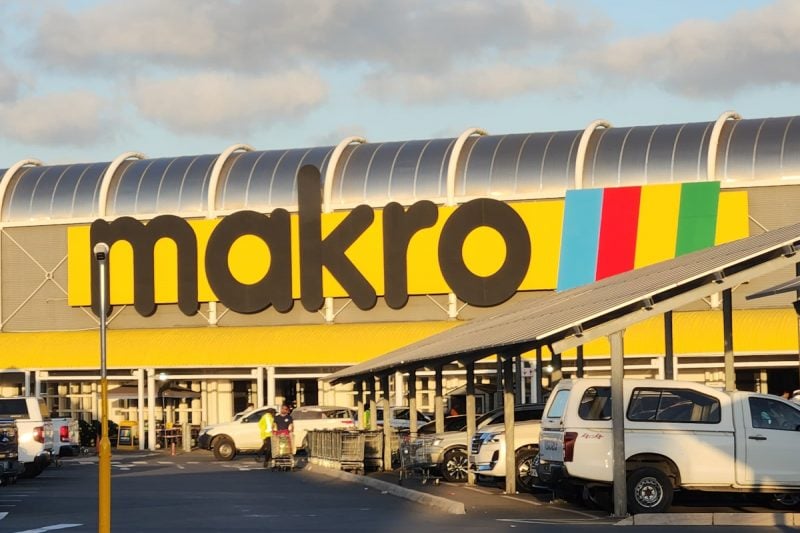Sellers on Makro Marketplace have seen a 43% average increase in sales between February and June 2025, data from the South African e-commerce automation company Wherehouse shows.
Wherehouse told MyBroadband that it synchronises multiple marketplaces for several leading brands and that it had noticed a sharp rise in sales across sellers for Makro Marketplace.
“One of our sellers, who has been active on Makro for years with a fairly generalised catalogue of products, saw their revenue increase from R300,000 in May to R800,000 in June,” said Wherehouse founder Giovanni Joubert.
“Most notably, these sellers are not seeing their sales cannibalised on one channel due to another performing well. Their total revenue increased by 30% from May to June.”
Massmart confirmed Wherehouse’s observations, with the Walmart-owned retailer saying its Makro Marketplace team noted good sales growth during the past two months.
“This is particularly relevant for innovative, well-priced products,” said Massmart senior vice president of group corporate affairs, Brian Leroni.
“Such products receive additional exposure through our digital marketing channels, and have a greater chance of winning the customer search buybox.”
Joubert said that one of the major changes Makro rolled out in recent months was a fully democratised product buybox, meaning the seller with the best price is featured, which drives down prices for consumers.
However, adding a buybox adds complexity for sellers as it means competing merchants could take your sales and leave your offer completely unseen.
Takealot has had a buybox for years, and one of the features Wherehouse offers is Buybox monitoring and automated repricing, which Joubert said they extended to support Makro Marketplace.
Joubert also said that the increased sales on Makro Marketplace where due to many other factors, most notably that the platform has undergone a major revamp — both from the seller’s perspective and the customer’s.
“It took a while for the systems to stabilise after the migration, but most of the dust seems to have settled. The proof is in the sales,” he said.
Revamped Makro Marketplace
From the customer’s perspective, Joubert said the changes have all been positive. These include improved search functionality, better and enriched product attributes, and many more product reviews.
Massmart has also rolled out its “Fulfilment by Makro” model. Previously, all online only offers were shipped directly from the third-party seller.
Now, Makro encourages sellers to store hot-selling items in the Makro distribution centre. This decreases the lead time and cost to fulfil for the end consumer and generally improves the buying experience.
For the sellers, this has added much more complexity in the expanse of marketplaces in South Africa, Joubert said.
“Richer product attributes require significantly more data entry and increase the time taken to list products. Many existing products needed to be completely relisted,” he said.
“The Fulfilment by Makro model means sellers now need to store stock at Makro, Takealot, Amazon, and their own warehouses for online or other B2B orders.”
This increases the cost tied up in stock and the complexity of managing stock transfers and tracking, which are key for making decisions about which items to stock where.
“Multi-marketplace tools like Wherehouse.co.za aid sellers in all of the above, meaning they can be listed on all marketplaces, ready to ride the wave of growth without the intense admin,” said Joubert.
He said they were seeing indications that the same will happen with the Amazon Marketplace, as sellers and consumers overcome the initial pain points of a new platform.
“We definitely recommend that sellers prepare to ride the wave by being early adopters of all these sales channels,” Joubert said.
Competition in the Makro Marketplace buybox
Reviews on Makro Marketplace listings
